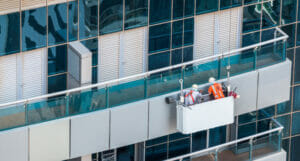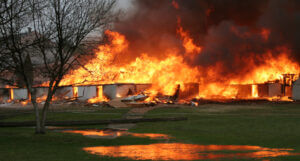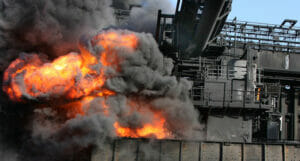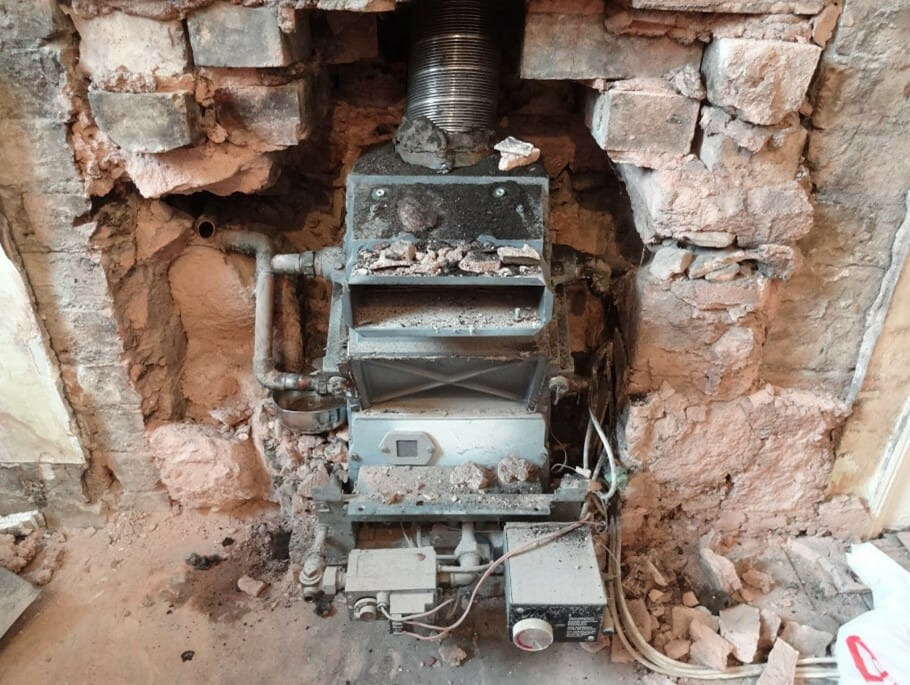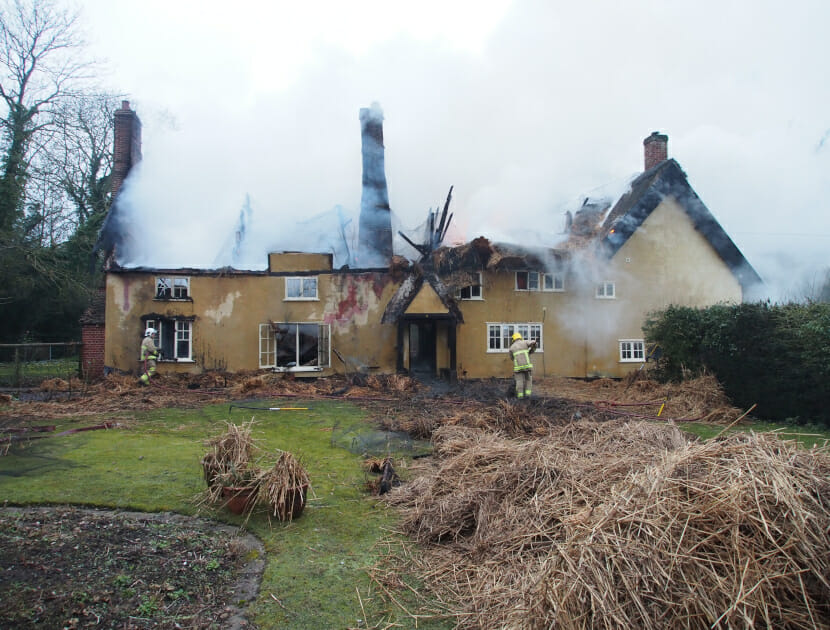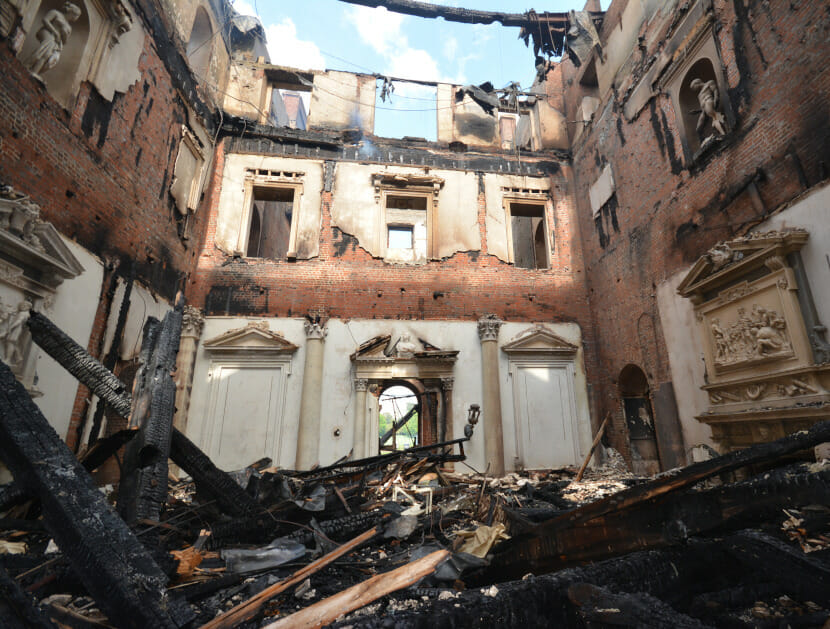Building Fires
The number of building fires is reducing, nevertheless such fires can often result in local and or national significance. Fires occurring within buildings will often result in significant damage to both the structure and contents. Even the smallest of fires can result in a claim for significant costs, partly due to the increasing cost materials and labour to repair or rebuild.
Buildings cover Dwellings (flats, bungalows and houses), Commercial (shops, office restaurants and garages), Industrial (warehouses and manufacturing) and Agriculture (barns and sheds).
Each of these building type present both the common and unique causes of fires as well as the roll of the human activities taking place within the buildings.
Our primary focus during an investigation is the cause of the fire not that the fire has occurred in a specific type of building. However, the type of activities occurring in the building present an indication as to the likely causes of a fire. The construction of a building can affect both the spread and severity of the fire-damaged to it.
Our experts are qualified engineers and scientists, are trained to evaluate the physical and any witness evidence to identify the most likely origin of the fire and from there establish the most likely cause.
If you are dealing with a building fire and want to know what has caused it, you need a forensic investigator. Hawkins can provide an expert and can offer clarity and answers to your questions.
WHY APPOINT A FORENSIC INVESTIGATOR?
We have the expertise, technical knowledge and experience to tell you why a fire has occurred, not just what caused it.
- We provide you with the answers you need to determine why a building fire has occurred and so to assist in policy liability as well as the prospects of any recovery.
- Out experts will attend the incident building to conduct a detailed examination of the building, considering not only the cause but also how the fire has spread thorough and affected the building.
- We will retain the necessary physical evidence from the scene which can be examined in our laboratories to seek to determine the precise cause of the fire.
- We will help you to determine if an incident could have been avoided.
- We support subrogation/recovery efforts.
- We help you to make decisions regarding where legal responsibilities/liabilities lie.
- We help you to defend wrongful claims.
- We produce reports suitable for Court and litigation.
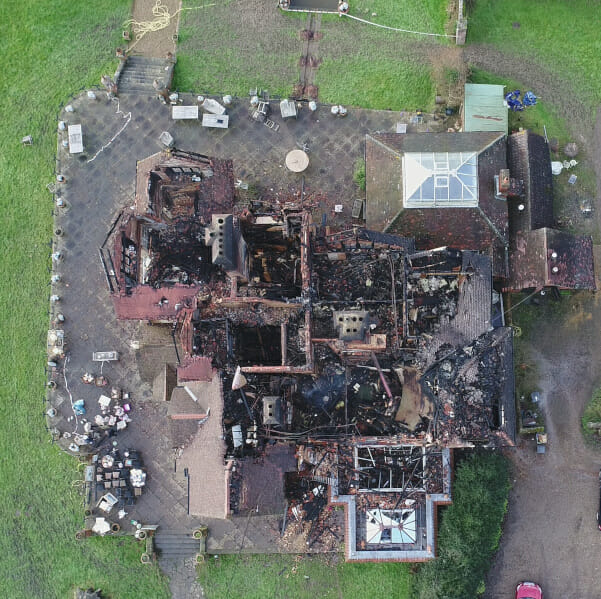
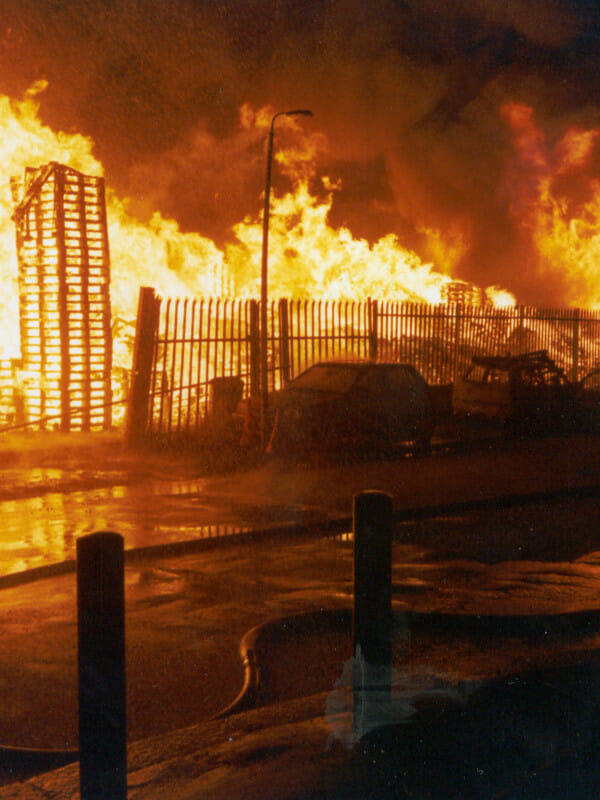
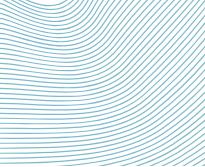
Examples of Typical cases
If you would like to know if we can help, please fill out our enquiry form or give us a call for a free consultation. The list below provides a few examples of cases which we investigate regularly or have investigated in the past.
- Electrical supply and distribution equipment
- Fixed wiring installation
- Electrical appliances
- Battery charging (lithium-ion)
- Photovoltaic installations on buildings
- Frictional heating of moving parts
- Smoking and unattended candles
- Deliberate
- Hot working (e.g. welding and grinding)
- Self-Heating (e.g. tumble dryers or industrial processes)
- Cannabis growing
- Sunlight (focused and reflected)
- Lightning
HOW DOES HAWKING INVESTIGATE BUILDING FIRES?
We seek to attend the scene as quickly as possible after the instruction (usually within 24 hours). The sooner we can attended an incident after it has been handed back by the Fire Service the more likely that the critical evidence has not been disturbed.
We will seek to obtain accounts from witnesses both directly relating to the discovery of the fire and to understand the general activities in the building prior to the fire occurring. Where necessary we liaise with the Fire Service, Police and HSE to obtain information and work alongside them where possible to establish the cause of the fire.
We will also seek to obtain all relevant information, including for example, service records, photographs, and videos (CCTV). We will seek to obtain any relevant documentation relating to safety checks (e.g. gas and electrical) and where necessary documents to identify the make, model and age of appliances. These discussions help us to understand your requirements. We are also happy to provide you with an estimate of the cost of conducting a forensic investigation.
We will retain all relevant exhibits for more detailed examination in our laboratory, to try and identify the precise cause of the fire. This is often undertaken jointly with representatives of third parties’ insurers.
We maintain awareness of any product safety recalls or repair actions relating to the risk of fires, that are issued by manufactures for their products.
Once our examination is complete, we will discuss our findings with you and prepare a Preliminary Appraisal or report, usually within three days of the scene visit, which will containing the account of our investigation, conclusions, and where appropriate, further work or advice.
Case Study
House fire caused by dishwasher
Just before going to bed the homeowner switched on the dishwasher to run a two hour washing cycle. At approximately 01:30 am, his son was woken up to find smoke in his room and he was struggling to breath.
Owing to the smoke and heat he could not get out of his room so he used his mobile telephone to alert his parents. None of the family of four could get downstairs due to the smoke and heat and so they climbed out of a first floor bedroom window on to the small roof of a porch where they waited for the Fire Service to arrive and help them down.
The pattern of fire damage unequivocally indicated the origin of the fire was in the kitchen at the location of the dishwasher. The damage to the dishwasher was confined to the control panel on the door.
The homeowner was not aware that the model and serial number of the dishwasher was subject to a product safety repair action that had been issued by the manufacturer, relating to the risk of a fire occurring. Consequently, the dishwasher had not been repaired prior to the fire occurring.
The remains of the dishwasher were retained and a subsequent joint examination of it with a representative instructed on behalf of the manufacturer identified the evidence that the fire had been caused by a fault on a printed circuit board in the control panel. This was consistent with the identified fault that had resulted in the manufacturer issuing the safety repair notice. Subsequently the client was able to make a full recovery from the manufacturer of the dishwasher in relation to the loss.

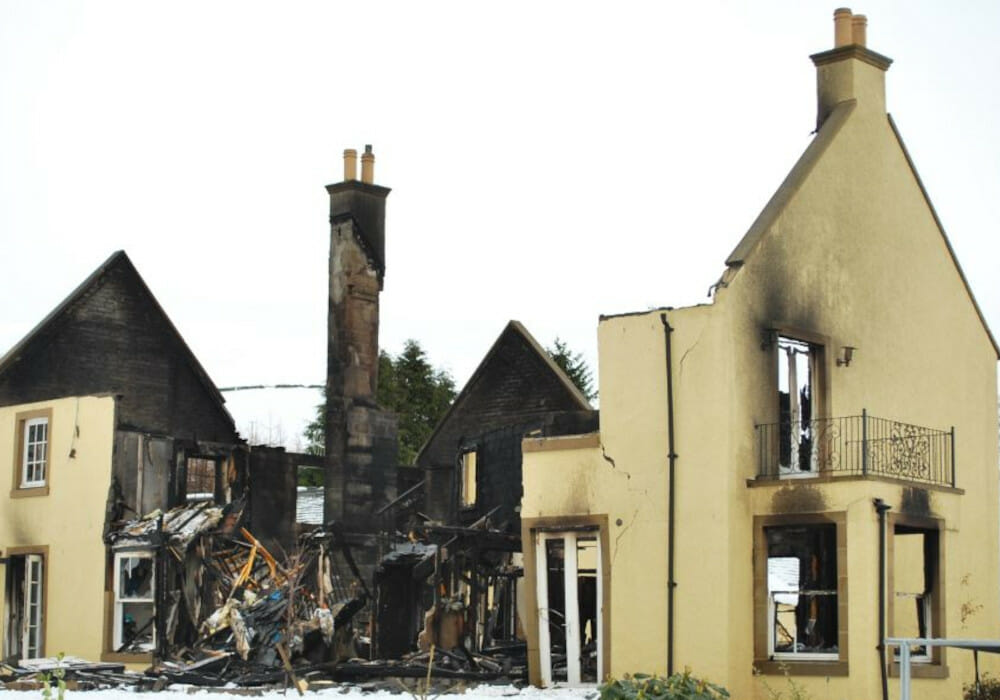
SPEAK TO ONE OF OUR EXPERTS
Related areas of expertise
Building Defects & Regulations
A building defect can be described as any deficiency or shortcoming in the performance or function of a building that prevents it from satisfying statutory or user requirements. Building defects fall broadly into three categories:
Fire Stop & Spread
The spread of a fire within a building, or to an adjacent property, can have a significant impact on the safety of occupants and on the financial implications – both in terms of the remediation of the property and loss of business.
Explosions
Whilst explosions are far rarer than fires and fluid leaks, the consequences can often be far reaching, with a significant risk of serious or fatal injury. Recent UK Government statistics suggest an increase in the number of explosions year on year.



